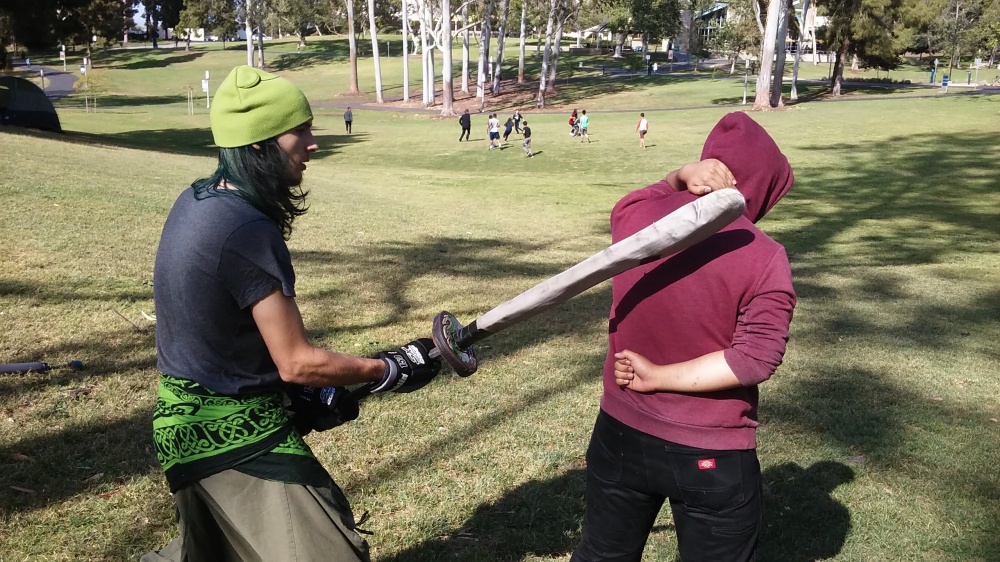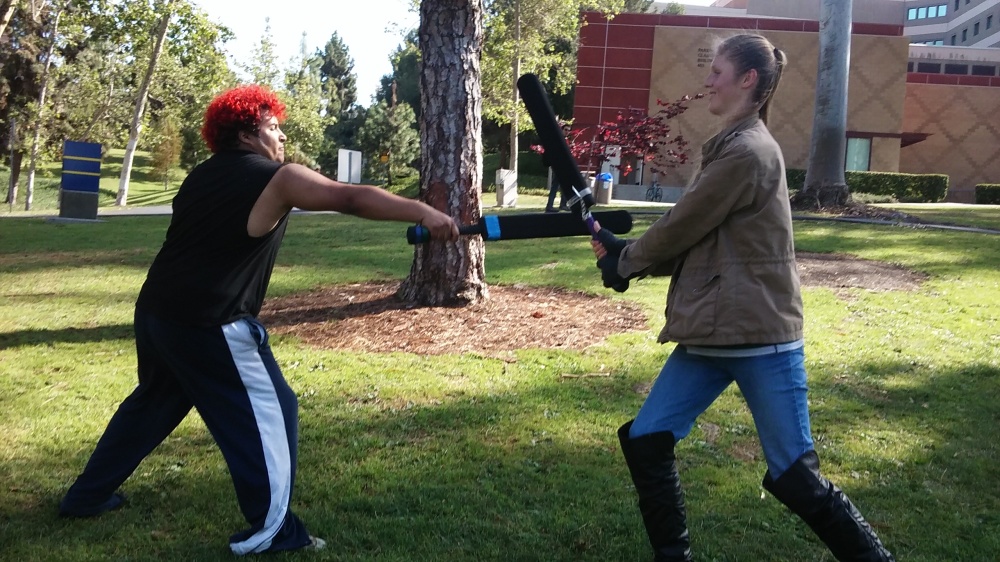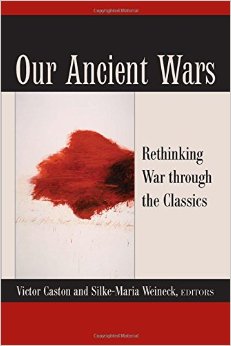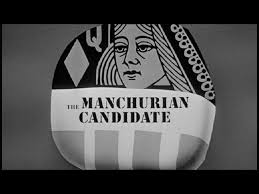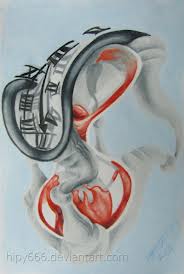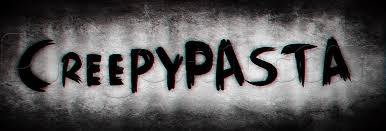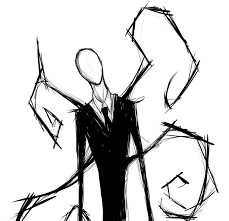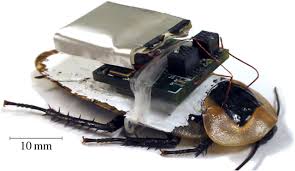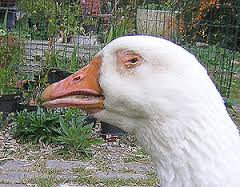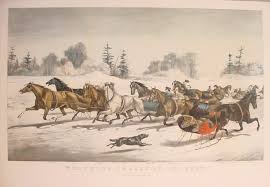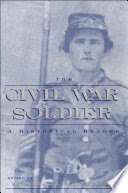Research: A Final Reflection
The process of research has been long and grueling, yet the work finally draws to a close alongside the school year. The paper itself, meant to reflect our interests not only as humanities students, but as people, has been a difficult task to overcome. As this research has developed, I have matured in my studies of the humanities and in the sport that I have chosen as the object of my research, and my understanding of medieval combat has greatly increased as a result. While I did have numerous points at which I did struggle, such as with my sources and my methods of research, I found a successful means to conclude my efforts and find a proper thesis to build my paper around.

As I moved through the motions with my research paper, I constantly needed to revise my thesis and try to develop a different argument around different stances to accommodate my peculiar topic of medieval combat as a sport. My first draft was almost completely unusable due to the fact that it followed a more speculative thesis instead of an analytical one. Thus, I have now adopted a narrow, more analytical focus revolving around the sport as something beyond reenactment, something much more developed and articulated in its nuances and machinations. It is with these words that I reflect on this new thesis, which, while not still troublesome, will be the final thesis that I shall work with for the paper at hand and for Humanities Core in general. As reflections go, this post is not simply a reflection on the time spent on this paper, but it shall also reflect on my time spent in Hum Core over this past year.
Humanities Core has instilled within me many new ideas and thoughts, and caused me to rethink some of my basic understandings about war and its combatants, as well as the nature of mankind in general. War as a theme has served as a conveyance of expressions of the beautiful and disgusting aspects of combat, the enlightening and the stomach churning alike. While war is often a destruction of lives and cultures, it has been a teacher to myself and many to bring us all a single step closer to understanding some primal aspects about our fellow human that we are much more privy to than ever before. While this may be coming to an end, the lessons that we have learned here have only just begun for the many who pursue greater understanding in the humanities.

